In the vibrant and ever-changing world of football, besides the glorious teams that dominate large and small fields, there still exists a regretful hidden corner where once-famous clubs are now just memories. There are teams that once reached the pinnacle of glory, marking history with historic victories, unique playing styles or passionate love from local fans. But then, for many different reasons - financial, geographical, political or poor management - they had to leave the professional football map, leaving behind regretful stories. The list of 10 English football clubs that no longer exist shared by Win Tips below not only reflects the harshness of modern football, but also demonstrates the value of tradition, identity and community attachment.

Top 10 English football clubs that no longer exist
English football is not only famous for its current famous clubs, but also contains many sad stories about the teams that were once famous but have now disappeared from the football map. Let's take a look at the top 10 biggest football clubs that no longer exist.
10. Maidstone United (1897–1992)
Maidstone United was once among the strongest amateur clubs in England, achieving significant success in non-league football before making history as the first club to enter the Football League directly from the non-league system in 1989 (before the introduction of promotion and relegation between the two systems). Representing the town of Maidstone in Kent, the club was seen as a fresh and promising addition to the League. Their early performances in the Fourth Division were solid, suggesting strong potential for growth.
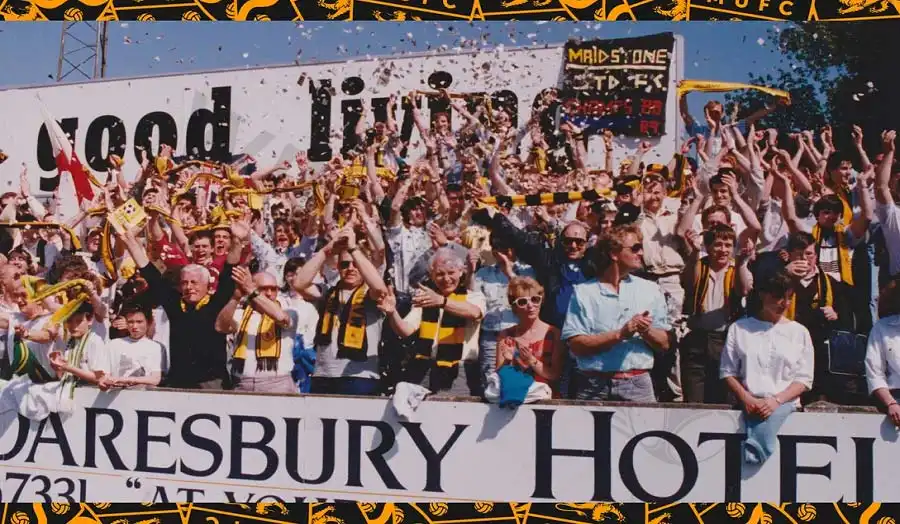
However, the club soon faced a crisis due to the lack of a suitable home ground, forcing them to rent Dartford’s stadium a move that alienated many fans. Simultaneously, delays in securing funding for a new stadium created a major financial shortfall. Just days before the 1992–93 season, Maidstone United withdrew from the Football League and folded, becoming the first club in the modern era to voluntarily leave due to bankruptcy. A new team was later established under the same name and now competes in the National League South, but the glory days of a club that once defied the odds are long gone.
9. Gateshead AFC (1930–1973)
Established after the relocation of South Shields in 1930, Gateshead AFC inherited their predecessor’s Football League position and became the main football club of Gateshead for over 40 years. They reached the quarter-finals of the FA Cup in 1953 and came close to promotion on several occasions in the Third Division. In a region dominated by Newcastle United across the River Tyne, Gateshead managed to carve out its own identity as the club of the working class for those who could not afford tickets to St. James’ Park but remained passionate about football.
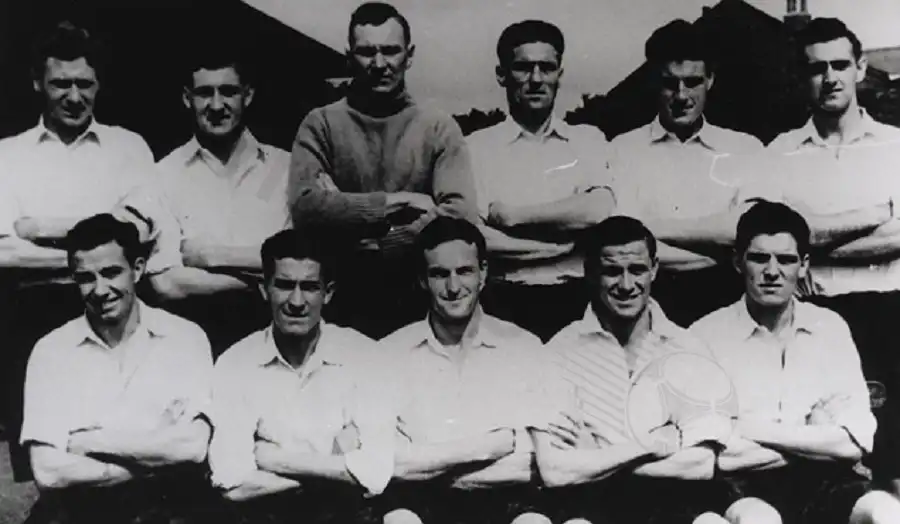
However, from the 1960s onward, the club fell into financial crisis and declined in performance. In 1960, despite a relatively stable fan base, they were controversially removed from the Football League. They continued as a semi-professional club until 1973, when they folded due to unpaid debts and the lack of a suitable stadium. Several successor clubs bearing the Gateshead name have since emerged, but all are considered symbolic continuations rather than direct legal successors. Gateshead AFC remains a story of unrealized potential and an unjust end.
8. New Brighton Tower FC (1896–1901)
New Brighton Tower FC was one of the more unusual short-lived clubs in English football. Founded by the investors behind the New Brighton Tower a seaside attraction inspired by the Eiffel Tower – the club was created more as a marketing tool than a genuine sporting endeavor. Nevertheless, they recruited skilled players and earned a place in the Football League’s Second Division from 1898 to 1901. In their first season, they achieved an impressive fifth-place finish a remarkable feat for a newly formed team.
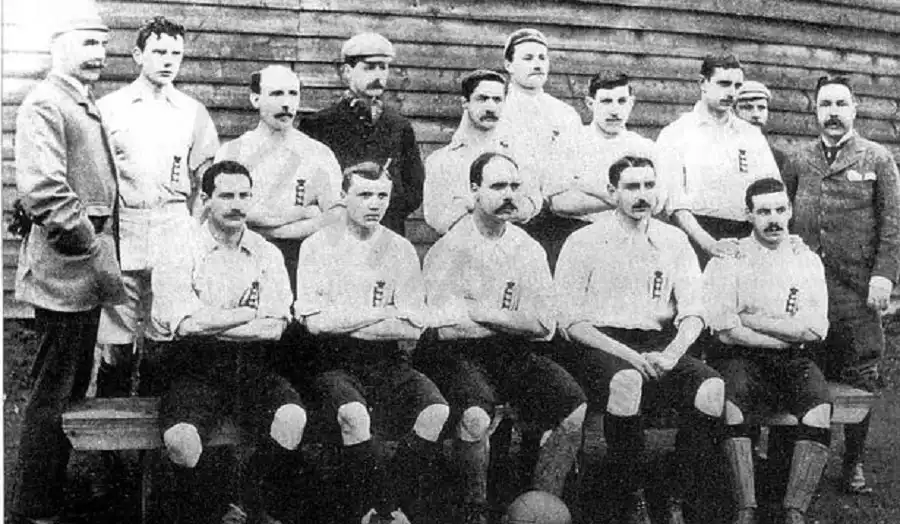
Despite this, the club never fostered a true emotional connection with fans. With average attendances below 1,000, and lacking a sense of community attachment, the club lost its purpose. After just five years, New Brighton Tower FC was dissolved in 1901, becoming a cautionary tale about clubs formed purely for commercial reasons without a solid community foundation. A separate club named New Brighton emerged later and competed in the Football League from 1931 to 1951, but they too were eventually expelled due to limited resources.
7. South Shields AFC (1889–1930)
South Shields AFC was a prominent football team from the northeast of England, competing in the Football League from 1919 to 1930. In the post–World War I era, South Shields represented the working class and were seen as a “smaller rival” to Newcastle United and Sunderland. They enjoyed memorable seasons in the Second Division and regularly attracted thousands of fans to Horsley Hill Stadium. The club embodied the spirit of a seaside town, rooted in the shipbuilding industry and working-class loyalty.
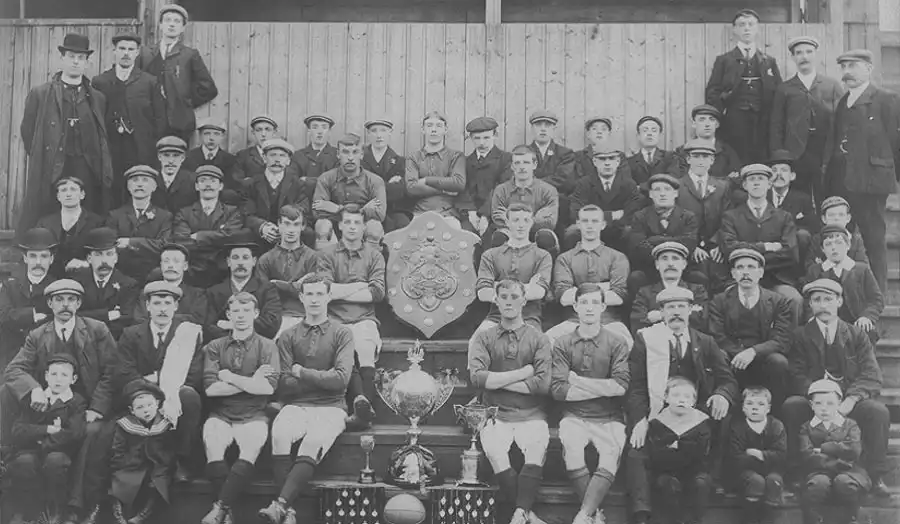
However, by the late 1920s, the club faced mounting financial challenges due to declining attendance and rising operating costs. In 1930, they were forced to relocate to Gateshead and renamed Gateshead AFC. Legally, the original South Shields ceased to exist. It was not until 1974 that a new club bearing the same name was formed, though it had no direct legal ties to the historic team. The quiet disappearance of South Shields left a sense of regret over the loss of a once-promising footballing identity in the northeast.
Grab the online bookmaker offer now to take advantage of winning opportunities faster and easier than ever!
6. Darwen FC (1870–2009)
Darwen FC was one of the oldest clubs in England, deeply embedded in the formative years of professional football. Founded in 1870 in Lancashire, they were the first club from outside the south of England to reach the FA Cup semi-finals in 1879 a remarkable feat at a time when football was still dominated by aristocrats and elite universities. Darwen was also among the first clubs to employ professional players, helping to usher in a new era and challenging the amateur status quo.
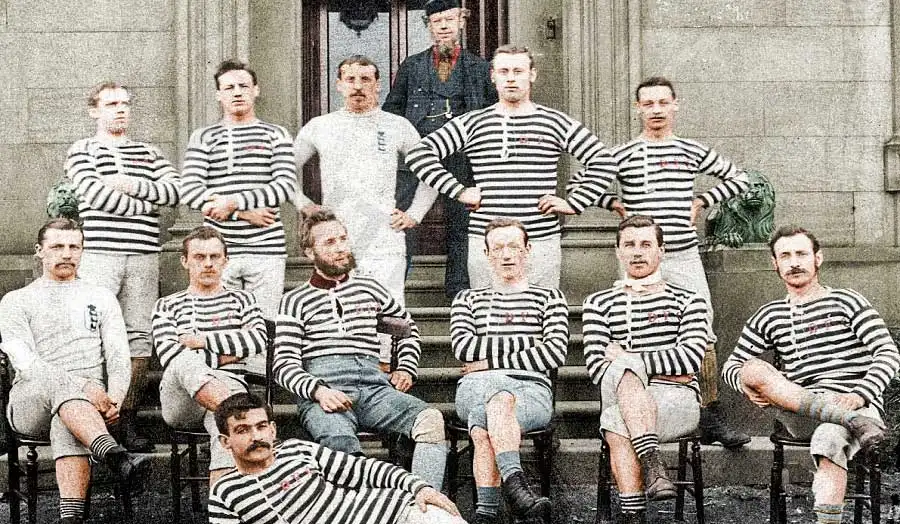
Although they played in the Football League during the late 19th century, Darwen gradually fell behind due to a lack of investment, a small population base, and less appeal compared to larger neighboring clubs. They lost their professional status in 1899 and spent the following century competing in lower-tier and amateur leagues. Despite valiant efforts to maintain the club’s existence, financial collapse and the withdrawal of sponsors led to their dissolution in 2009. A new club, AFC Darwen, was formed to carry on the legacy, but top-level football had permanently departed from the town. Darwen was more than a club it was a foundational chapter in the history of English professional football.
5. Bradford Park Avenue (1907–1970)
Bradford Park Avenue was once one of two professional football clubs representing the city of Bradford, competing directly with Bradford City. Established in 1907, they were a familiar presence in the Football League for over six decades. The club played in the First Division during the 1920s and 1930s, peaking in the 1914–15 season with a ninth-place finish. Known for their large stadium and involvement in multiple sports including cricket and rugby Bradford Park Avenue contributed significantly to the sporting culture of Yorkshire.
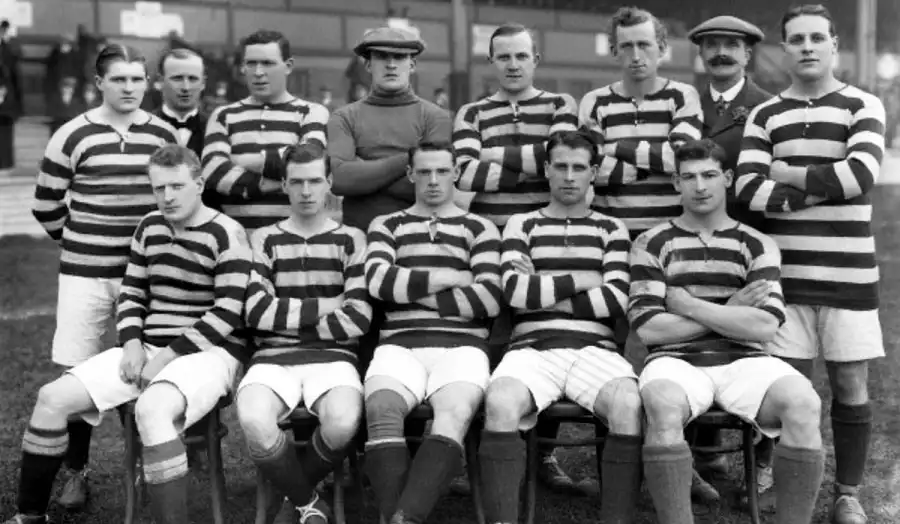
From the 1950s onward, however, the club began to decline sharply due to poor management, outdated facilities, and a dwindling supporter base. In 1970, following a series of bottom-table finishes and failure to meet the Football League’s requirements, they were expelled from the professional system a bitter end to more than half a century of football. Their home ground, Park Avenue, was demolished, and the club dropped into amateur leagues. Although several attempts have been made to rebuild the club, they have never regained their former status. Today, Bradford Park Avenue exists as a semi-professional side, yet their rich history remains a key part of England’s football heritage.
4. Accrington FC (1878–1896)
Accrington FC was one of the twelve founding members of the Football League the world’s first national football championship established in 1888. Formed in 1878 in the small Lancashire town of Accrington, the club initially competed at the local level before cementing its place in football history. Although the team did not achieve notable success, Accrington FC symbolized the deep roots of football culture in the industrial towns of Northern England during the 19th century. Their participation in the inaugural league highlighted their pioneering role in shaping professional football.
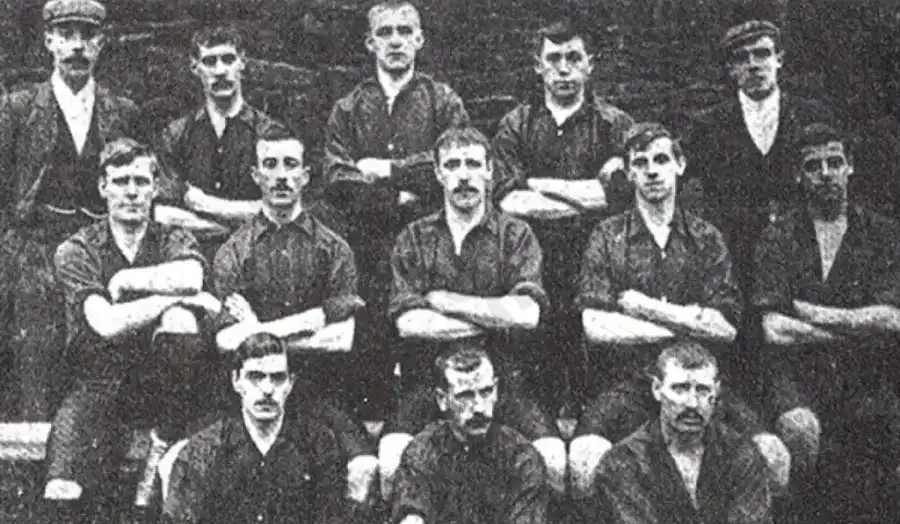
However, the club soon faced increasing financial pressure and struggled to keep pace with the rapidly professionalizing competition. In 1893, Accrington FC refused to compete in the Second Division due to financial constraints and a lack of resources. This self-destructive decision led to their complete dissolution just three years later in 1896. Despite their brief existence, they are still remembered with respect as a vital part of football’s earliest professional era. It is worth noting that another club, Accrington Stanley, was established in 1891 and still exists today, although it shares no legal connection with the original Accrington FC.
3. Leeds City FC (1904–1919)
Leeds City FC was the first club to represent the city of Leeds in the English Football League. Founded in 1904, the club quickly established itself in top-tier competitions, backed by solid financial support and a talented squad. Under the guidance of legendary manager Herbert Chapman who later led Huddersfield Town and Arsenal to glory – Leeds City began a significant transformation just before the outbreak of World War I. At the time, the club was considered a promising contender to become a major force in English football, known for their professional organization and effective playing style.
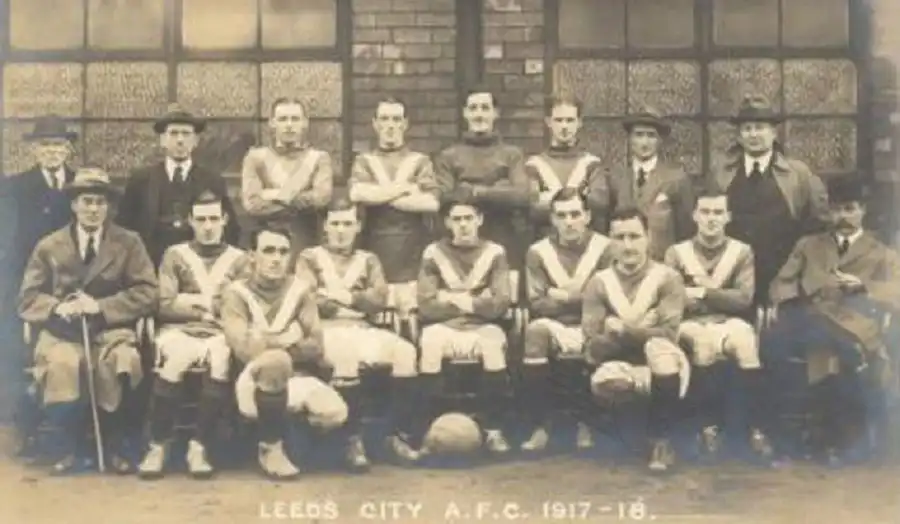
However, Leeds City’s fate took a tragic turn. During World War I, strict regulations were placed on financial and player wage activities. Leeds City was accused of illegally paying players throughout the wartime period. When the Football Association (FA) demanded the club’s financial records for investigation, the board refused to cooperate. As a result, Leeds City was expelled from the Football League in 1919 becoming the only club ever to be dissolved for administrative reasons rather than financial failure or poor performance. From the ashes of Leeds City, a new club emerged: Leeds United, which has since become one of the most iconic names in English football. Though no longer in existence, Leeds City remains the foundational pillar of Leeds’ footballing legacy.
2. Bury FC (1885–2019)
Bury FC was one of the oldest football clubs in England, boasting a proud history of over 130 years and enjoying a golden era in the early 20th century. The club won the FA Cup twice, in 1900 and 1903, with the latter including a record-setting 6–0 victory over Derby County still the most dominant scoreline in an FA Cup Final to date. For decades, Bury was an integral part of the Greater Manchester community, known for its unique identity and vital role in local sporting life. Since 1885, they played at Gigg Lane, one of the oldest football grounds in England, where thousands of cherished memories were made for their supporters.
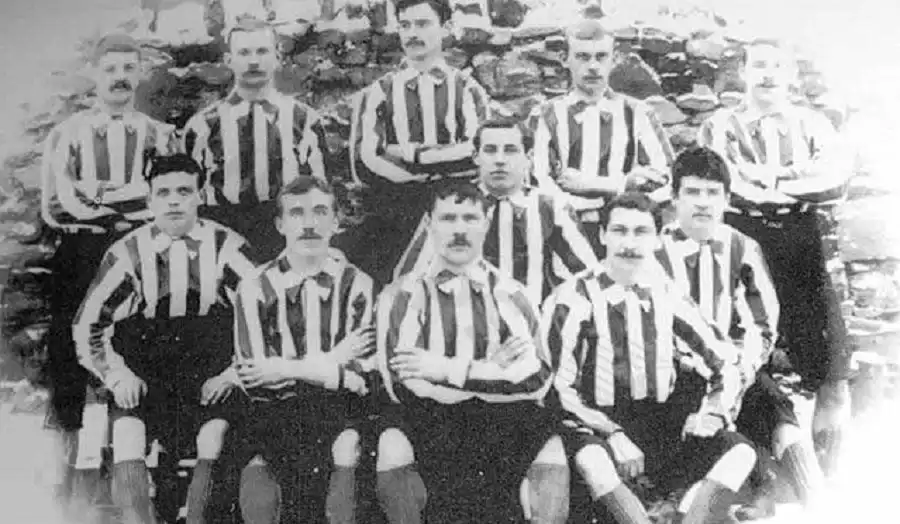
In more recent times, however, modern football's increasingly intense financial pressures became a heavy burden for smaller clubs like Bury. Excessive spending, compounded by financial mismanagement from new owners, pushed the club into severe decline. By the summer of 2019, Bury was unable to meet the financial requirements to participate in League One (the third tier of English football), prompting the English Football League (EFL) to expel them from the professional system a deeply shocking event in English football. Heartbroken fans watched as a beloved local institution was erased. Although efforts have since been made to revive the club, including the formation of Bury AFC, the path to restoration remains challenging and has yet to fully replace the historic legacy of the original Bury FC.
1. Wimbledon FC (1889–2004)
Wimbledon FC began as a small football club based in London, yet their journey from amateur status to the heights of professional football was truly extraordinary. They were a prime example of a “dark horse” – a modest team that played with fiery determination and unwavering courage. Their crowning achievement came in the form of a historic victory over Liverpool in the 1988 FA Cup Final, where they defeated the strongest team in England at the time by a score of 1–0. That squad was famously known as “The Crazy Gang” due to their aggressive playing style and the rebellious personalities of players such as Vinnie Jones and Dennis Wise. Their success proved that football was not solely about money it was about willpower, unity, and belief.
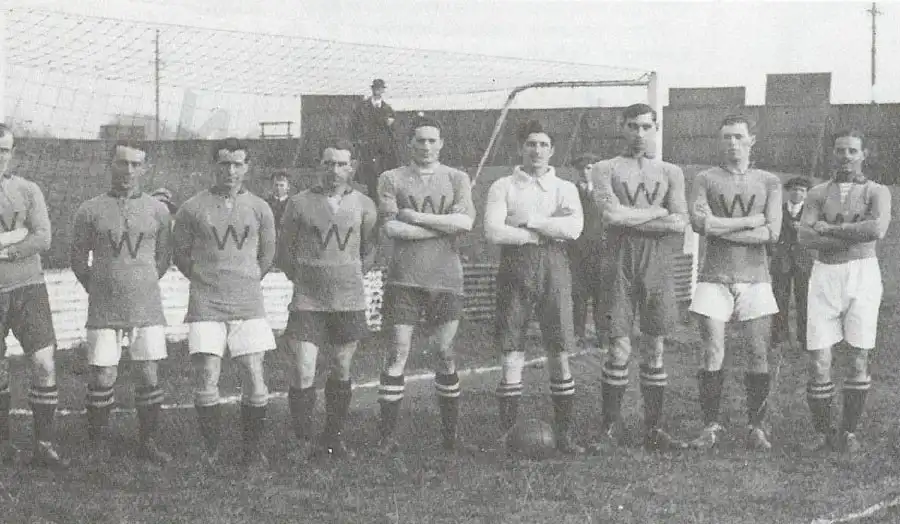
However, by the mid-1990s, Wimbledon began to face financial difficulties and lacked a permanent home stadium after leaving Plough Lane. They were forced to ground-share at Selhurst Park (home of Crystal Palace), which gradually eroded their loyal fan base. In 2002, the club’s board made the shocking decision to relocate the team to Milton Keynes a new town nearly 90 kilometers from London. The move was heavily criticized for stripping the club of its identity and tradition. Although the club initially retained the name Wimbledon, it was officially renamed MK Dons in 2004, bringing an end to over a century of Wimbledon FC's history. Disillusioned and feeling betrayed, the loyal fans established a new community-run club, AFC Wimbledon, which currently competes in the English professional football leagues.
In Conclusion
Each club on this list of English football clubs that no longer exist is not simply a name that has been erased from the competition system, they are a living memory of football history, the pride of thousands of fans who have cried and laughed at each match. Whether dissolved, renamed or completely disappeared, the legacy they left behind is still present in the hearts of football lovers: from legendary matches, fiery stands, to the spirit of overcoming difficulties and connecting the community. Their disappearance is a reminder that football is not just a game for the big guys with huge pockets, but also a part of history, culture and belief, which need to be preserved as priceless treasures.
See more: Ranked top 7 best national football team of all time






